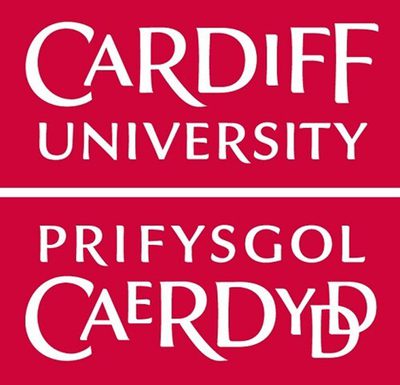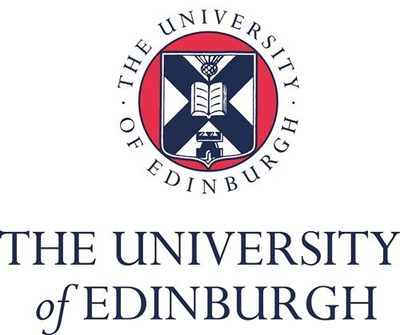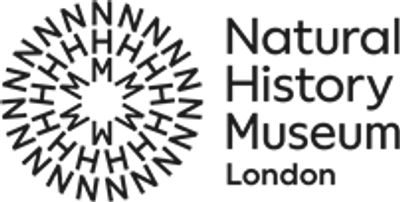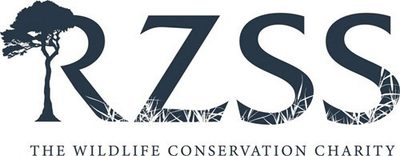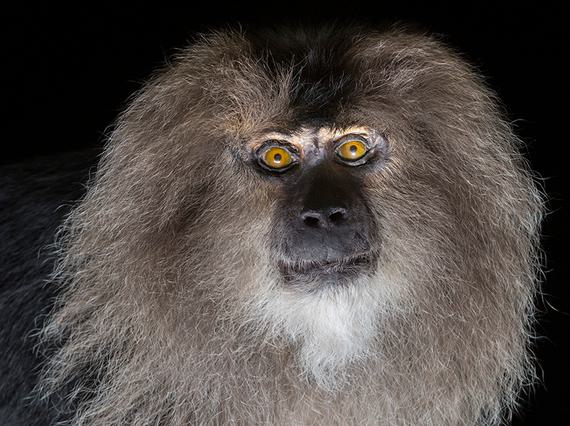
CryoArks
This UK-wide collaboration has created the UK’s first comprehensive zoological biobank for research and conservation. CryoArks is funded by BBSRC (BBR) and is a consortium of Museums, Zoos, Academic Institutions and Biobanks.
Last updated: 11 August 2022
About the project
Biological samples from wild and zoo animals are valuable sources of genetic material, providing a wealth of information that can support conservation management as well as fundamental, biological research.
CryoArks is a partnership project, which is bringing together millions of biological samples held in disconnected collections across zoos, museums and academic collections, into a publicly visible and accessible biobank. As a CryoArks partner, National Museums Scotland has established the physical infrastructure and protocols required to biobank genetic material at -80°C.
- Project title
CRYOARKS: Establishing a UK-wide zoological biobank
- Project active
2018 - 2022
- Research theme
Sustainability
- Project website
Contributors
Dr Andrew Kitchener - Principal Investigator - National Museums Scotland
Professor Michael Bruford - University of Cardiff
Dr Aidan Emery - Natural History Museum
Dr Helen Senn - Royal Zoological Society of Scotland
Professor Rob Ogden - Roslin Institute, University of Edinburgh
Dr Lisa Yon - University of Nottingham
Publications
Farré, M., Johnstone, C., Hopper, J., Kitchener, A.C., Roos, C. King, T. 2022. Novel mtDNA haplotypes represented in the European captive population of the Endangered François’ langur (Trachypithecus francoisi). International Journal of Primatology 43: 533-537 https://doi.org/10.1007/s10764-022-00295-x
Biobanks are curated collections of biological samples (such as tissue, blood, serum, DNA, gametes and cell lines) that are collected, preserved and maintained along with their associated data, following international standards and guidelines. CryoArks partners offer physical storage (at both -196°C and -80°C), a searchable database, on-site assistance in archiving sample material, and advice on embedding biobank sample collection during routine veterinary care and fieldwork. In conjunction with the Royal Zoological Society of Scotland, National Museums Scotland’s Biobank is promoting the benefits and needs of zoological biobanking in the UK to a wide range of audiences across the research and public sectors.
Project contact
Dr Andrew Kitchener
Partners
Supported by
Natural Sciences news and stories
- Discover
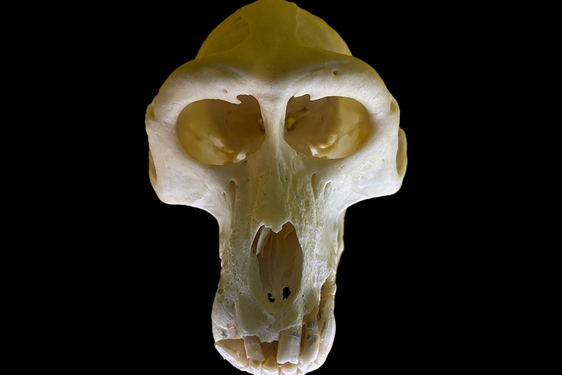
6 world-class type specimens in our stores
Written by Dr Andrew Kitchener, Dr Rachel Walcott & Dr Andrew RossType specimens are among the most important objects in natural science collections. They are the specimens on which the scientific names of species of animals, plants or minerals are based. Animals and plants are named using the Linnaean… - Discover
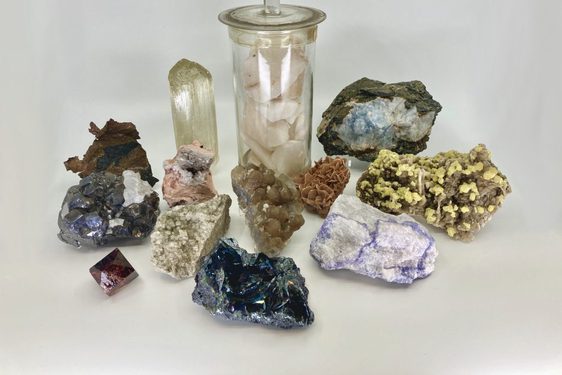
What's in a firework? Minerals that bang
Written by Emily BrownSo, you light a firework, you stand back and WHOOSH, off it shoots into the air. A few seconds wait and then BOOM, the firework explodes in a shower of coloured sparkles raining down from the sky. To get this sequence of events, you need… - Discover
Abernethy Pearl: Scotland's largest freshwater pearl
Written by Dr Rachel WalcottIn 1967, Bill Abernethy was pearl fishing near the River Tay when he came across his rarest and greatest discovery. At a weight of 43.6 grains, the Abernethy Pearl is the largest freshwater pearl found in Scotland in modern history.
